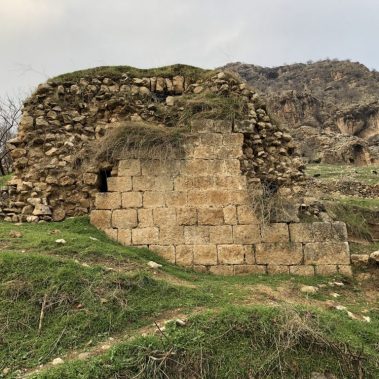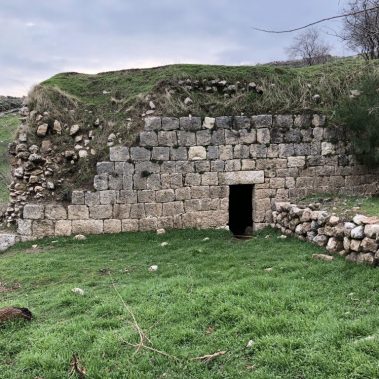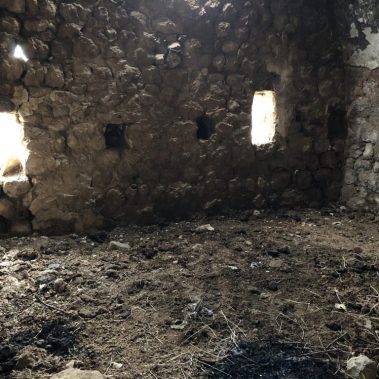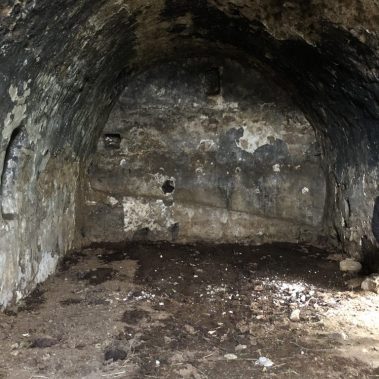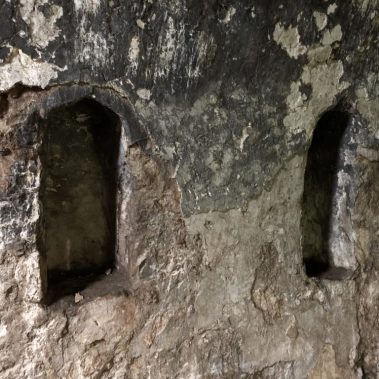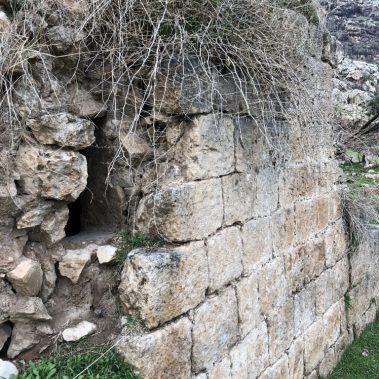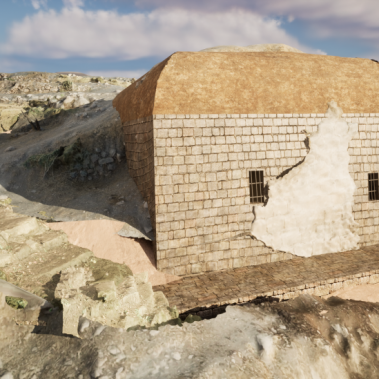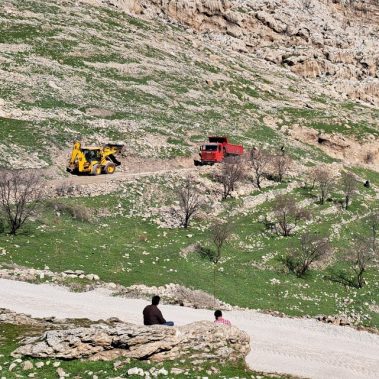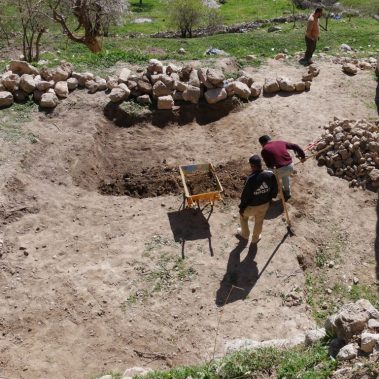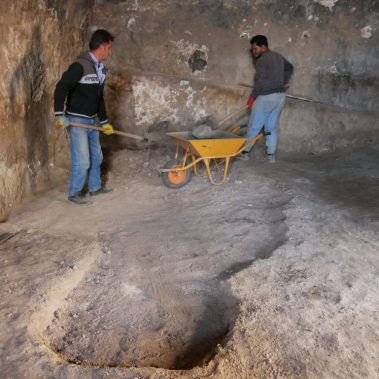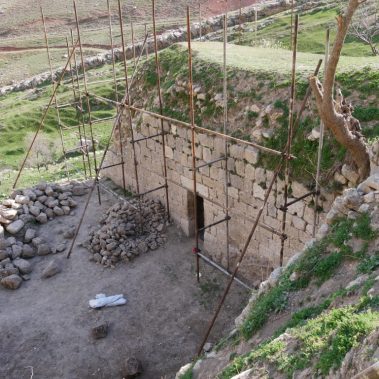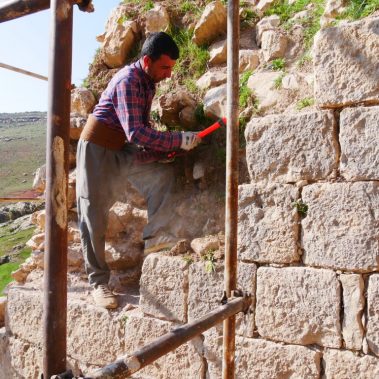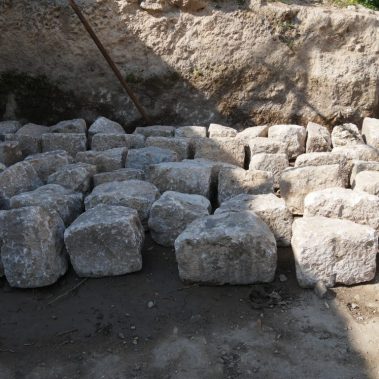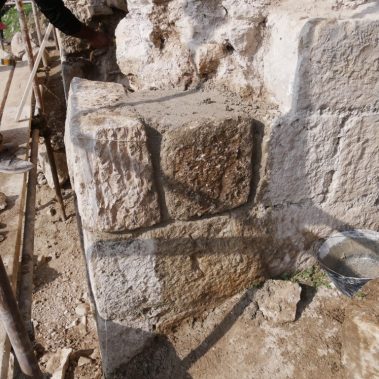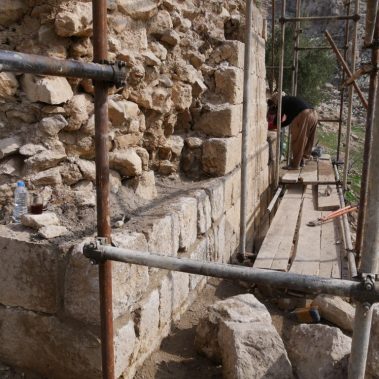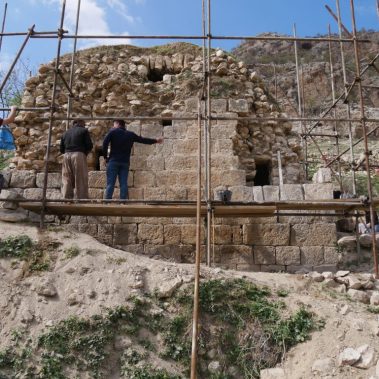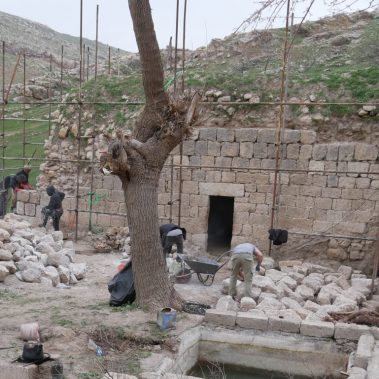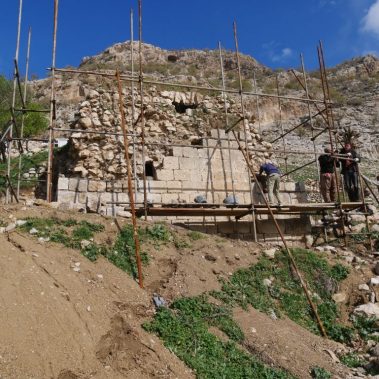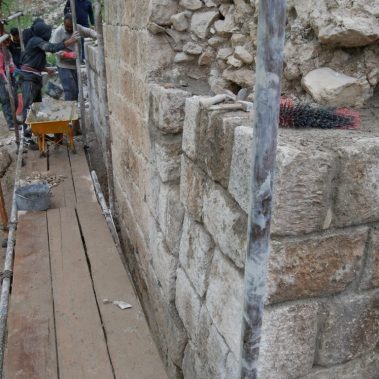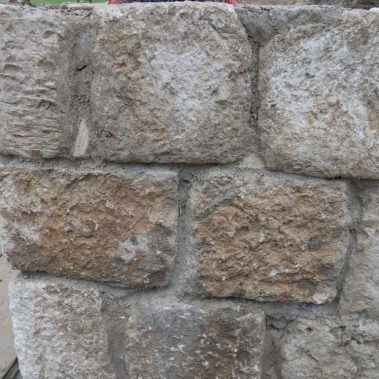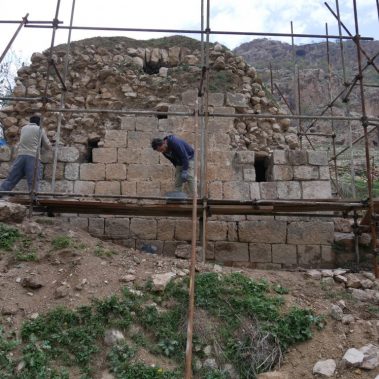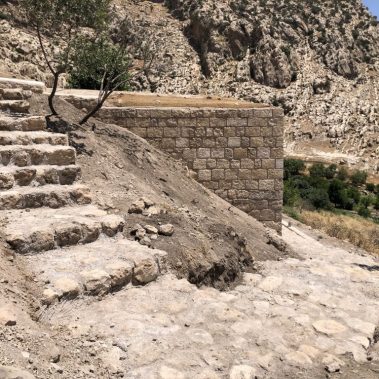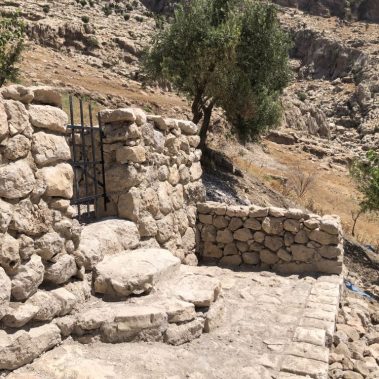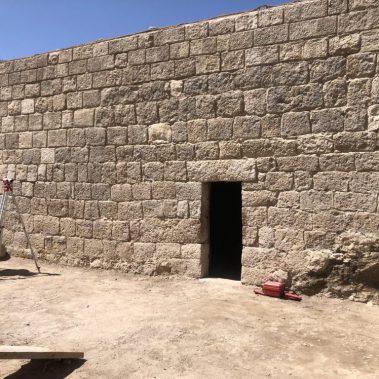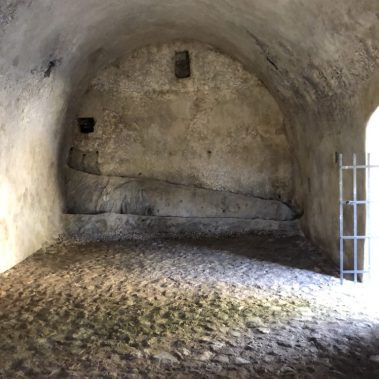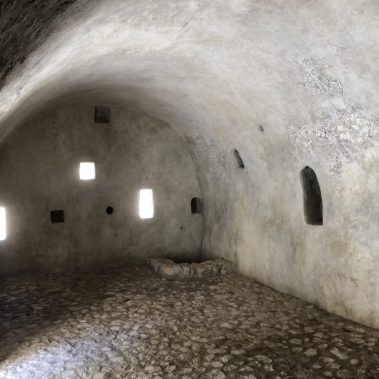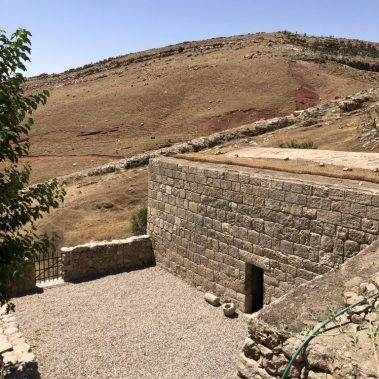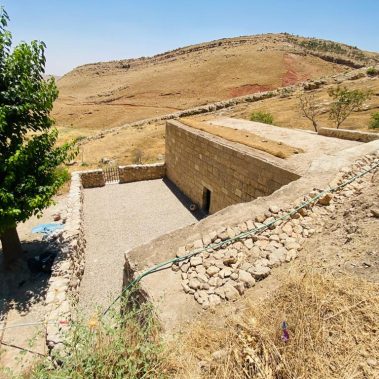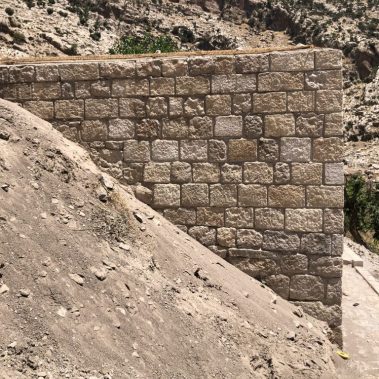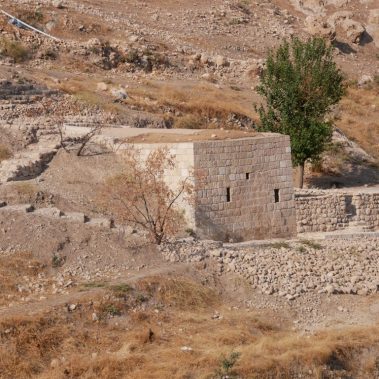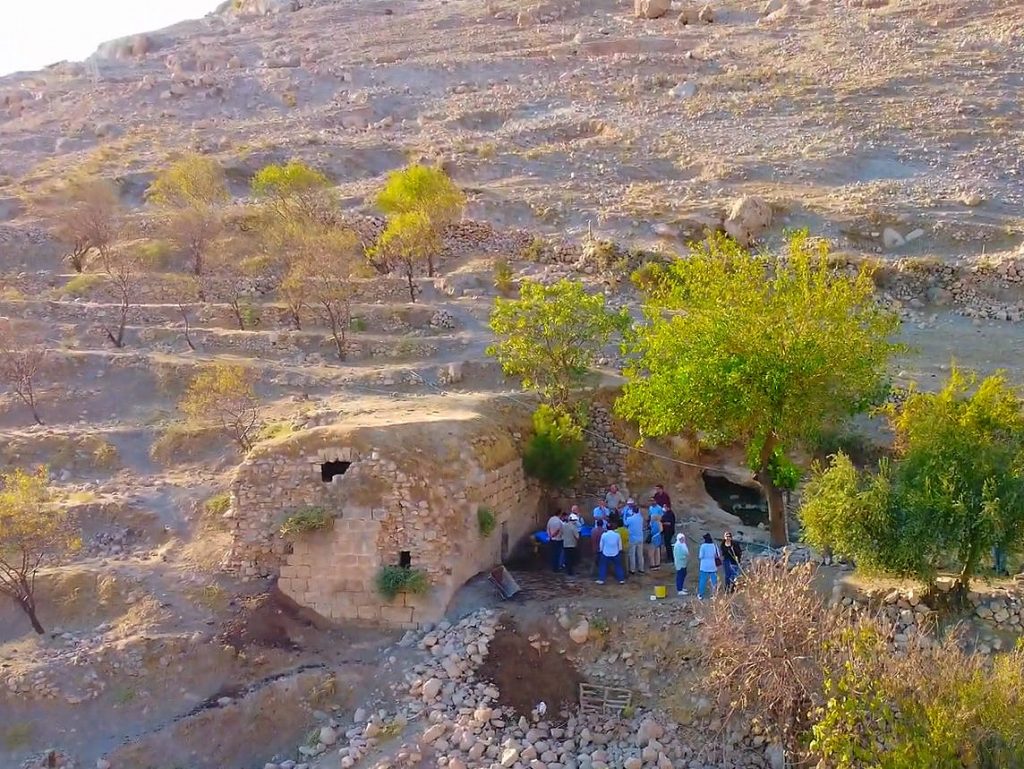
Address:
Shush, Iraq
Client:
ARCH International
Description of the works:
Conservation Survey and Restoration work
Realization:
2021-2023
The NGO ARCH, which worked with GEMA ART International to save the shrine of the Prophet Nahum in Alqosh, initiated another project in 2020, namely the rescue of a shrine in the Northern Iraqi village of Shush, near Akre (Province Duhok). However, the preparation of the project, funded by the US government, was interfered with by the Covid 19 epidemic.
Minority religious communities living in the mountainous region of present-day Iraq have lived there for many centuries protected by natural conditions. The synagogue in Shush, dedicated to the prophet Ezekiel, served its purpose until 1950, when the Jewish population was moved to Israel. The condition of this monument subsequently deteriorated rapidly due to neglect and climatic conditions and was in a severely damaged state before work began. Portions of the exterior masonry had collapsed, and since the surrounding area was used as pasture, the interior of the ruin served as a shelter for the surrounding herds.
A baseline survey in 2021, including photogrammetric 3D documentation, provided data for the preparation of the restoration project. Preliminary work on the site began in September 2022, but due to the need to conduct a baseline archaeological survey in the vicinity, the actual work could begin after the winter season, in late February 2023. The restoration work included cleaning the masonry of weedy plants, sensitive strengthening and reconstruction of the perimeter stone masonry, grouting of cracks, reconstruction of the roof, cleaning and conservation of historic plaster and filling in missing plaster, reconstruction of the interior floor, reconstruction of the retaining walls around the shrine and installation of an access staircase.
The work was carried out in close collaboration with the Kurdistan Region Antiquities Authority, and under the daily supervision of an archaeologist. Thanks to this collaboration, GEMA ART was able to contribute to the documentation of the archaeological finds uncovered during the works, including 3D modelling, and was able to apply the historical construction techniques uncovered in the restoration of the building. For example, based on the original techniques, large ceramic vessels were inserted into the reconstructed roof to lighten the roof structure.
In view of the archaeological significance of the site, the Kurdish Heritage Authority plans to extend its program for the preservation of monuments in the Shush area.
Drone view of the shrine and Shush vicinity.
Location: Google Maps
Project on the ARCH website.














